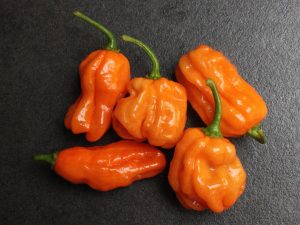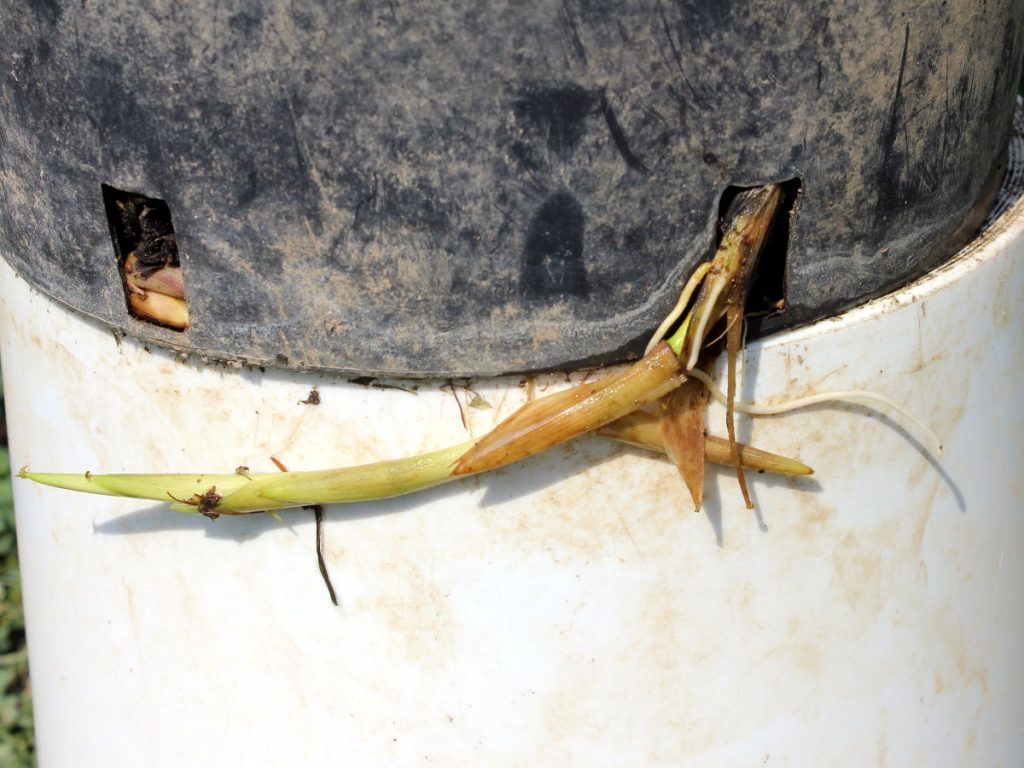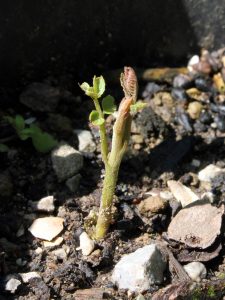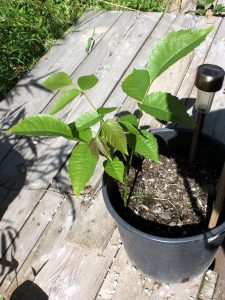Chinese Praying Mantis

Chinese Praying Mantis (Tenodera sinensis) grows up to 11 centimeters and is often used as a pet insect. They are strict carnivores with never ending appetite. They eat flies, mosquitoes, moths, grasshoppers, spiders, caterpillars, stinkbugs and other insects. I have seen them catch a wasp, bee, and bumblebee as well. They start as small insects that can end up as food for many of the early emerging spiders. At the beginning, they are feeding mostly with small insects like aphids and small flies. Chinese mantises are highly cannibalistic and they often attack their own species.
Chinese mantis is not moving much during its early development, in fact, I’ve only seen them travel a couple of meters away from the place where they hatched. I have taken several to more remote places and they remained in the exact same spot until they became adult mantises. When they mature, they grow wings and start flying around, searching for a place to mate and lay their egg sacks.


It is hard to find similarly effective predator. I have seen them devour almost every insect that lives around here. Praying mantis can see practically everything around. It has a neck and it’s the only insect I know that can turn around using it. I must admit, it looks very intimidating when it turns towards the prey.



I have found myself taking photos of these fine (not so) little creatures on regular basis. They are almost impossible to notice at first, but when you ‘calibrate’ your search algorithm a bit, you see them each time you go visit the garden. The funny thing is, they get used to people as well.
And, for the end, here’s a video of the mantis catching a stinkbug.












